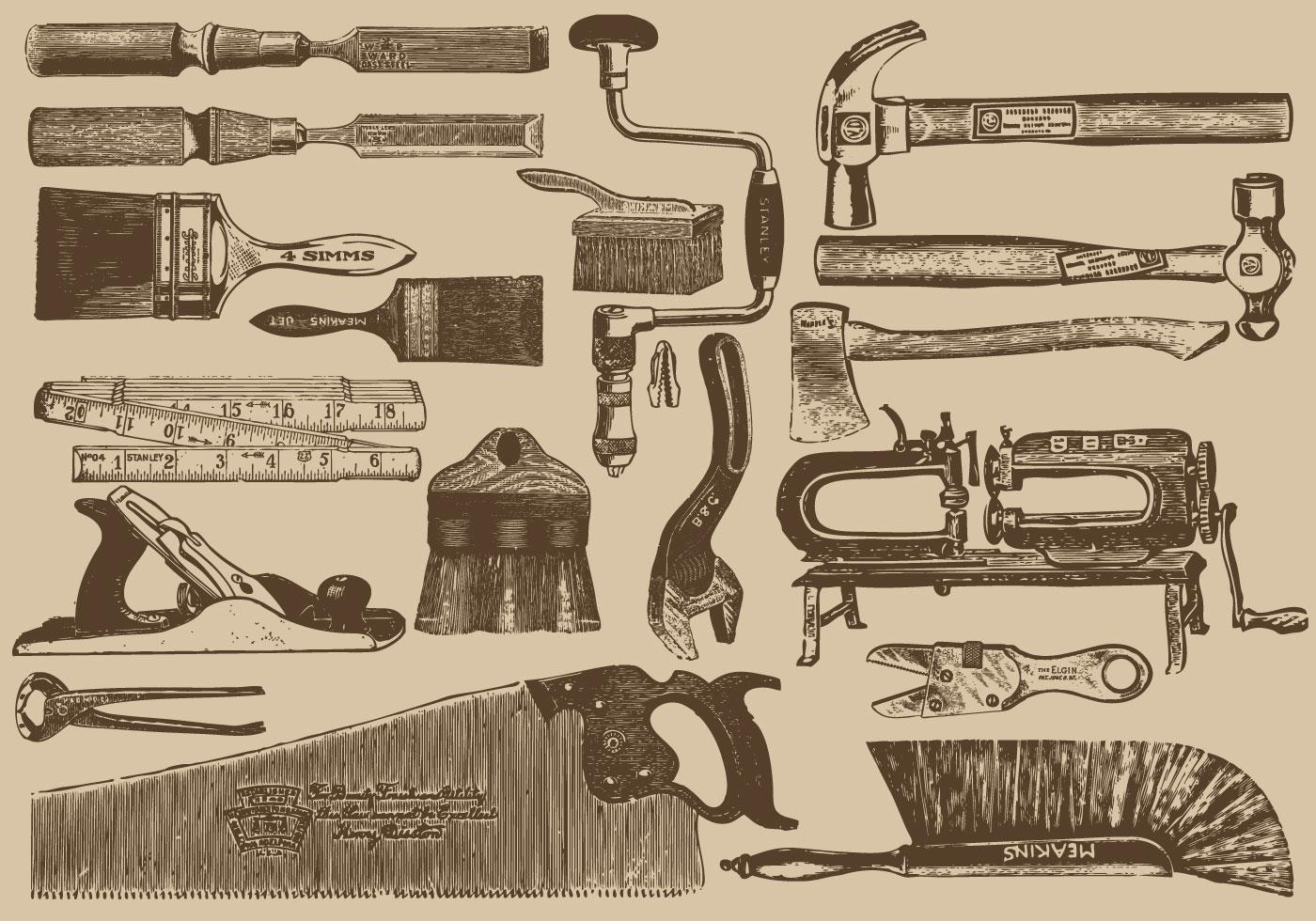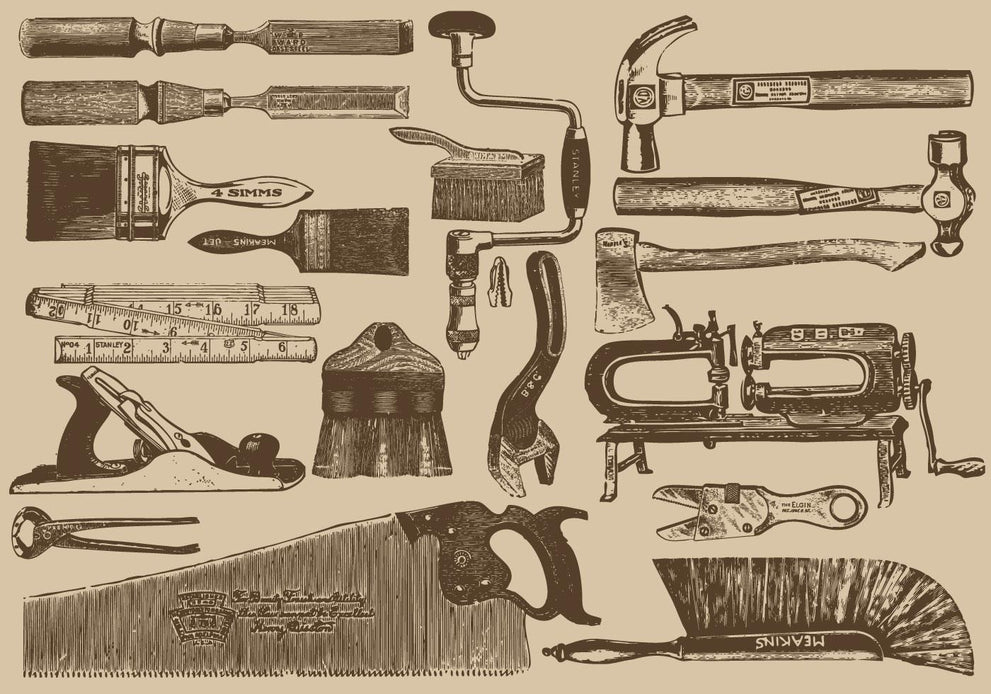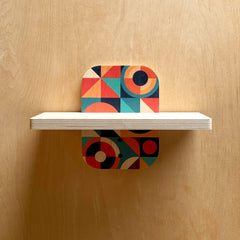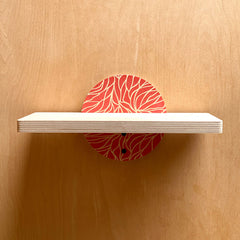When it comes to installing wall shelves the hardware behind the wall matters just as much as the shelf design itself. Whether you’re hanging minimalist floating wall shelves or load-bearing bookshelf units, choosing the right wall anchors, screws, and brackets determines how safe, strong, and long-lasting your installation will be.
At WoodSnap, we build and test thousands of shelves for wall setups every year — from decorative picture ledges to 100-lb. load-bearing wall systems. Here’s our complete breakdown of wall anchor types, weight ratings, leverage factors, and professional installation tips to help you mount shelves like a pro.
⚙️ Understanding the Basics of Wall Anchors
| Anchor Type | Material | Best For | Typical Weight Capacity (Per Anchor) | Key Advantage | Weakness |
|---|---|---|---|---|---|
| Plastic Expansion Anchor | Plastic/Nylon | Light shelves, décor | 10–25 lbs | Cheap, easy to install | Brittle under torque |
| Self-Drilling Anchor (Twist-N-Lock, TripleGrip) | Nylon/Zinc | Medium shelves | 25–75 lbs | No pre-drilling needed | Can strip in weak drywall |
| Toggle Bolt (Wing Anchor) | Metal | Heavy shelves, deep brackets | 70–200+ lbs | Expands behind wall for high grip | Requires larger hole |
| Snaptoggle / Strap Toggle | Metal + nylon strap | Heavy-duty applications | 100–250+ lbs | Reusable, ultra-secure | Slightly more complex install |
| Molly Bolt (Hollow Wall Anchor) | Metal sleeve | Medium weight shelves | 25–50 lbs | Creates solid grip in drywall | Not reusable |
| Direct Stud Mount (No Anchor) | Screw into stud | Any weight | 100–300+ lbs | Most secure option | Limited to stud spacing |
🧰 Weight & Leverage: The Physics Behind Shelf Failure
Even the strongest anchor can fail if the shelf projects too far from the wall or carries weight unevenly. The further your bracket extends, the greater the torque applied to the anchor point.
Rule of Thumb: Every extra inch of shelf depth beyond 8″ increases leverage force by roughly 12–15%.
📊 Example Graph: Lever Arm vs. Anchor Stress
(Add this as a technical infographic — black text, white background)
| Shelf Depth (in) | Force Multiplier vs. 8″ Baseline |
|---|---|
| 6″ | 0.75× |
| 8″ | 1.00× |
| 10″ | 1.25× |
| 12″ | 1.50× |
| 16″ | 2.00× |
💡 A 12-inch-deep shelf loaded with books can exert 50% more pull-out force on the wall than a smaller decorative ledge.
🪛 Choosing the Right Hardware by Shelf Type
1. Heavy-Duty Shelving
(Books, electronics, large speakers, deep brackets)
✅ Best Anchors:
-
Metal Toggle Bolts
-
Snaptoggle / Wing Anchors
-
Stud Mounts
Pro Setup:
Mount at least one bracket directly into a stud. For non-stud positions, use metal toggles rated for > 100 lbs each.
Add a plywood backing panel behind drywall for full-width shelving systems — a pro trick that distributes load evenly.
🧮 Example Load Chart for Heavy Shelving
| Bracket Type | Anchor Type | Max Load (per pair) |
|---|---|---|
| 10″ Steel L-Bracket | Toggle Bolts | 180 lbs |
| 12″ Deep Bracket | Snaptoggle | 200 lbs |
| Floating Metal Rod | Direct Stud Mount | 250+ lbs |
2. Medium-Weight Shelving
(Decorative items, plants, picture frames, collectibles)
✅ Best Anchors:
-
Self-Drilling Anchors like Twist-N-Lock, TripleGrip, or EZ-Anchor
-
Molly Bolts for thicker drywall
Why:
These create a flanged grip inside the drywall and are ideal for shelves under 50–75 lbs total.
🧩 Pro Tip: Use two anchors spaced at least 12″ apart to distribute torque. Always pre-test one anchor before committing to the layout.
3. Light Shelving
(Floating ledges, small décor, candles, photo frames)
✅ Best Anchors:
-
Plastic Expansion Anchors (for screws up to #8)
-
Nylon Ribbed Anchors
When OK:
Only for shelves under 25 lbs total load. Keep shelf depth 8″ and avoid dynamic loads (like slamming doors nearby or shifting weight).
🧩 Ideal Installation Hierarchy (from strongest → weakest)
1️⃣ Stud Mount (no anchor) — strongest, zero flex.
2️⃣ Metal Toggle / Snaptoggle — nearly as strong as stud.
3️⃣ Self-Drilling Anchor — best general purpose.
4️⃣ Molly Bolt — decent but less convenient.
5️⃣ Plastic Anchor — for small décor only.
🔩 Material Matters: Drywall vs. Plaster vs. Concrete
| Wall Type | Recommended Anchors | Notes |
|---|---|---|
| Drywall (½″) | Toggle, Snaptoggle, Self-Drilling | Most common in homes |
| Plaster & Lath | Toggle bolts only | Drill through plaster before expanding |
| Masonry / Brick | Masonry screws, sleeve anchors | Use hammer drill & concrete bit |
| Tile Over Drywall | Toggle or stud mount only | Drill through tile with carbide tip |
🧠 Professional Tips for Secure Shelving Installs
-
Always hit at least one stud when possible.
-
Check bracket depth vs. load — deeper brackets multiply torque.
-
Avoid mixing anchor types on one shelf.
-
Use a level and stud finder (laser level recommended).
-
Use #10 or #12 screws for heavy loads.
-
Double-check drywall thickness — some walls are ⅜″, not ½″.
-
If unsure, add a wood ledger board — it spreads load beautifully.
📉 Common Installation Mistakes (and How to Avoid Them)
| Mistake | What Happens | Fix |
|---|---|---|
| Using plastic anchors for heavy loads | Pull-out failure | Switch to metal toggle or find stud |
| Mounting too close to drywall edge | Crumbling wall | Move at least 1.5″ away from edges |
| Over-tightening screws | Anchor spins in wall | Stop when snug |
| Using long brackets with short screws | Lever torque causes failure | Match screw length to bracket depth |
| Ignoring shelf depth | Hidden torque stress | Refer to leverage chart |
📈 Professional Comparison Graphs (Include in Visual Infographic)
-
Anchor Strength vs. Cost: Toggle bolts lead in strength but cost more.
-
Load Capacity vs. Installation Time: Plastic anchors fastest but weakest; toggles strongest but slower.
-
Torque Force vs. Shelf Depth: Leverage curve grows exponentially beyond 12″ depth.
🏆 Final Recommendation Cheat Sheet
| Shelf Type | Recommended Hardware | Max Depth | Skill |
|---|---|---|---|
| Floating Decor Shelf | Plastic / Nylon Anchor | 8″ | Easy |
| Picture Ledge | Self-Drilling Anchor | 10″ | Easy |
| Plant Shelf | Molly Bolt or Snaptoggle | 10–12″ | Medium |
| Bookshelf / Speaker Shelf | Toggle Bolt or Stud | 12–16″ | Medium–Advanced |
| Full Wall System | Stud + Plywood Backing | 16″+ | Advanced |
🐾 Bonus Tip: Cat-Friendly Options
If you’re mounting cat wall shelves or other pet perches, always double up on stud mounts or Snaptoggles — cats create dynamic jumping loads that exceed typical weight ratings. Reinforce your shelf with metal brackets and anti-slip pads for safety.
🔧 Summary: The WoodSnap Way
At WoodSnap, we test every shelf system we design using real-world weight, vibration, and torque simulations.
Our rule is simple: If it’s worth hanging, it’s worth securing right.
We recommend always using a combination of studs and high-grade anchors, quality steel brackets, and careful leveling. Whether you’re hanging minimal floating wall shelves stylish ikea wall shelves alternatives, or custom wooden ledges, the right hardware transforms your wall from fragile to flawless.



